Birria Flavor Unraveled: 7 Spicy Secrets to Elevate Your Taste Buds (With Spice Tables & Yummy Tips)
If you’ve ever bitten into a warm birria taco dripping with consommé and felt your soul do a happy dance, then you already know the power of birria flavor. But what exactly makes birria so special? Spoiler: It’s not just the meat — it’s the magic blend of spices and chiles that creates that deep, smoky, slightly sweet, and oh-so-satisfying taste.
In this article, we’ll unravel the mystery behind birria flavor by diving into its spice roots from global traditions, offering handy charts, mouthwatering visuals, and pro-level hacks to make your next birria recipe legendary. Let’s get spiced up!
Table of Contents
- What Is Birria Flavor Anyway?
- The Core Spices Behind Birria Flavor
- Spice Comparison Chart: Chiles, Herbs, and Aromatics
- Pro-Level Tips for Building Better Birria Flavor
- How Global Spice Traditions Influence Birria
- Visual Guide: How to Toast and Rehydrate Chiles Like a Pro
- Final Thoughts on Mastering Birria Flavor
What Is Birria Flavor Anyway?
Birria is more than a dish — it's a flavor experience. Originating from Jalisco, Mexico, traditional birria was made with goat meat slow-cooked in a richly spiced broth until tender and fall-apart delicious. Today, birria has evolved into everything from tacos to ramen, but the heart of the flavor remains unchanged.
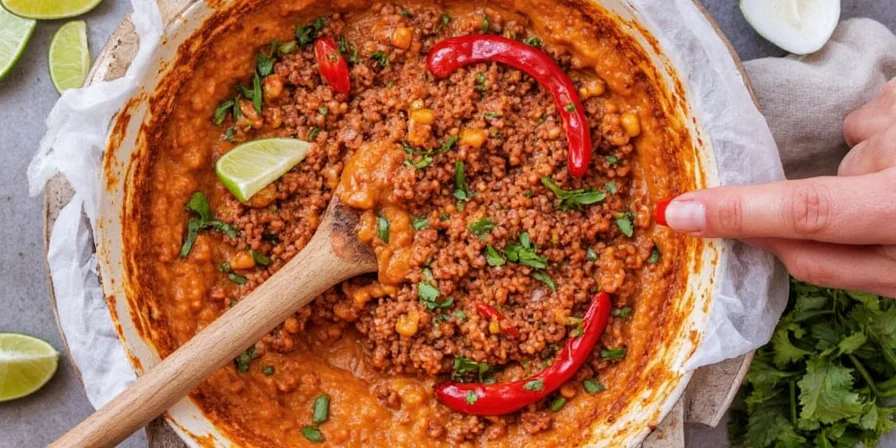
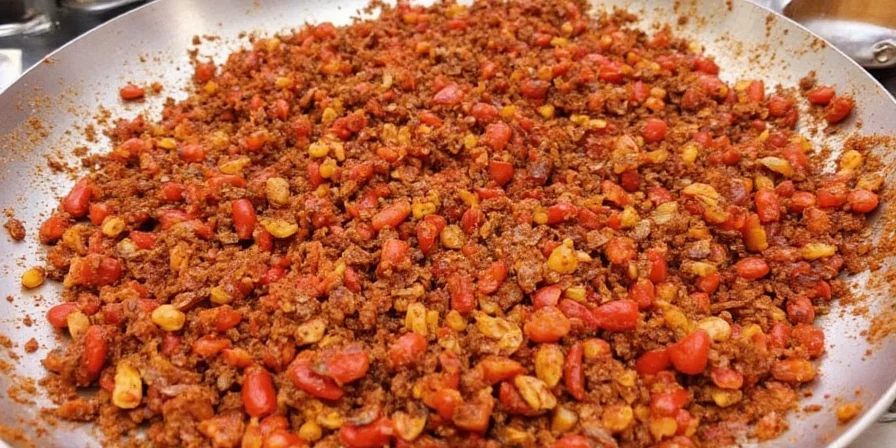
The signature birria flavor comes from a complex layering of:
- Slow-roasted or stewed protein
- A deeply spiced chile-based sauce
- Toasty aromatics like garlic and onion
- Umami-rich ingredients like tomatoes and vinegar
The Core Spices Behind Birria Flavor
Birria gets its punch from a unique combination of dried chiles, spices, and aromatic vegetables. Let’s break down the usual suspects:
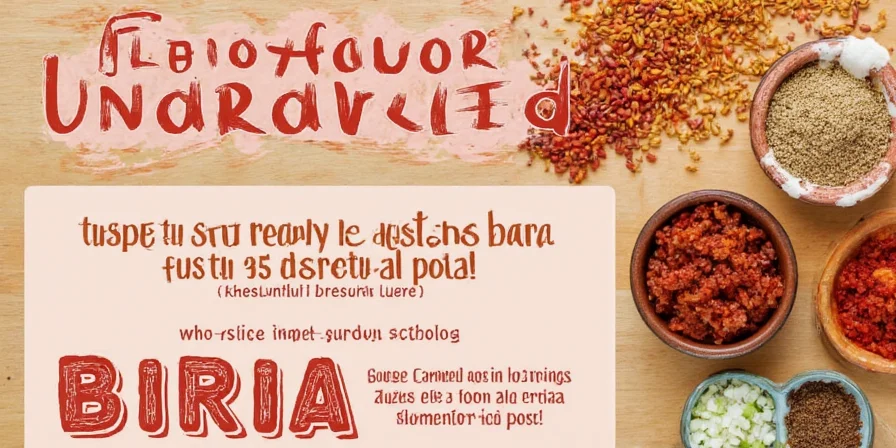
- Ancho chiles: Mild, fruity, and slightly sweet.
- Guajillo chiles: Tangy and moderately spicy, often the backbone of birria sauce.
- Pasilla chiles: Earthy and dark-fruity, adding depth.
- Cumin: Adds warmth and a touch of nuttiness.
- Garlic and onions: The base of most Latin American spice blends.
- Vinegar or citrus juice: Brightens up the overall flavor.
Spice Comparison Chart: Chiles, Herbs, and Aromatics
| Spice/Chile | Flavor Profile | Scoville Heat Units | Best For | Substitute |
|---|---|---|---|---|
| Ancho | Sweet, raisin-like | 1,000–2,000 SHU | Mellow base notes | Poblano (dried), Mulato |
| Guajillo | Tangy, berry-like | 2,500–5,000 SHU | Main flavor driver | California chili |
| Pasilla | Earthy, dark fruit | 1,000–2,500 SHU | Depth and complexity | Chocolate bell pepper |
| Cumin | Nutty, earthy | N/A | Warmth and aroma | Fennel seed + coriander |
| Black Pepper | Peppery, sharp | Medium heat | Finishing spice | White pepper |
Pro-Level Tips for Building Better Birria Flavor
Want your birria game to go from good to gourmet? Here are some tried-and-true pro tricks:

- Toast your spices before grinding. A quick toast in a dry pan unlocks hidden flavors. Just don’t burn them!
- Rehydrate chiles in hot water, not boiling. Boiling can strip away subtle flavor notes. Simmer gently instead.
- Add a splash of vinegar or lime juice. This helps balance the richness and enhances spice perception.
- Let your sauce rest overnight. Flavors deepen and mellow beautifully after a day in the fridge.
- Don’t skip the fat. Fat carries flavor, especially when marinating meats. Use rendered fat or oil to bloom your spices.
How Global Spice Traditions Influence Birria
While birria is undeniably Mexican at its core, it shares DNA with other global spice traditions. Take a look:
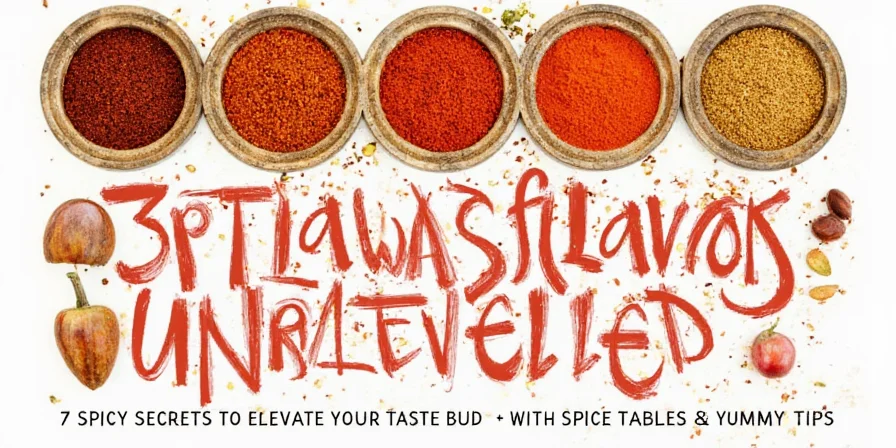
| Region | Similar Flavor Elements | Shared Spices | Example Dish |
|---|---|---|---|
| Mexico | Smoky, earthy, tangy | Guajillo, cumin, garlic | Birria de res |
| North Africa | Warming, bold, fragrant | Cumin, coriander, paprika | Tagine with preserved lemon |
| Middle East | Umami-rich, savory, herby | Za’atar, sumac, cinnamon | Shawarma wraps |
| India | Complex, layered, aromatic | Turmeric, cardamom, garam masala | Korma, Rogan Josh |
You’ll notice a lot of overlap — especially in the use of warming spices like cumin, which appears across multiple regions. That’s the beauty of Global Spice Traditions: even if the dishes look different, the flavor foundation often tells a similar story.
Visual Guide: How to Toast and Rehydrate Chiles Like a Pro
Here’s a quick visual breakdown of how to prep your chiles without messing up the flavor:
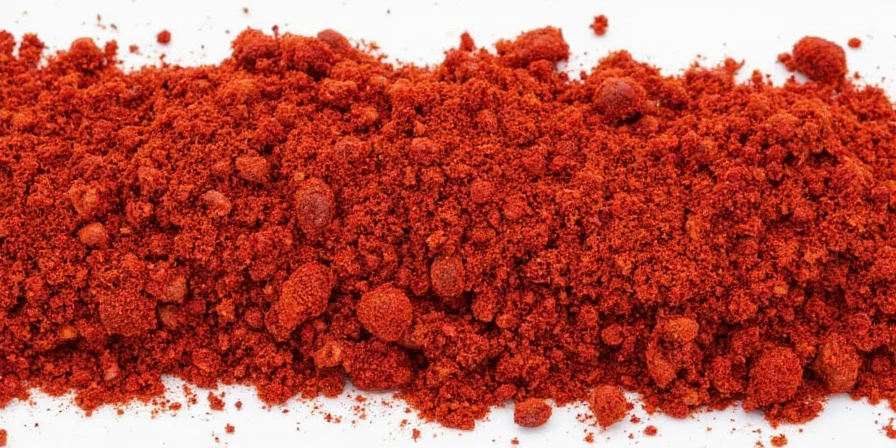
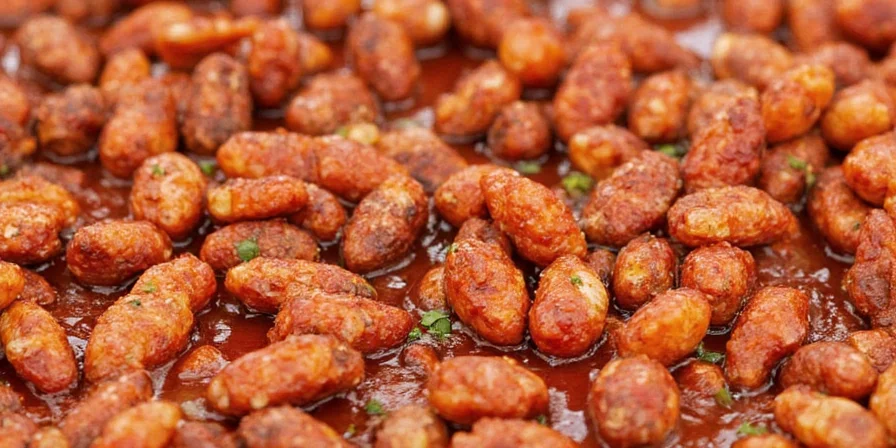
- Rinse chiles under cold water to remove any dust or debris.
- Place in a dry skillet over medium heat and toast for 30 seconds per side until fragrant. Watch carefully — they burn fast!
- Transfer to a bowl and cover with hot water (not boiling).
- Let soak for 20–30 minutes until soft but not mushy.
- Drain and blend with other spices and aromatics.
Final Thoughts on Mastering Birria Flavor
Mastering birria flavor isn’t about fancy tools or rare ingredients — it’s about understanding how each spice contributes to the final harmony. Whether you're making birria tacos, burritos, or even birria grilled cheese (yes, it’s a thing!), knowing your way around the spice cabinet will take your dish to the next level.
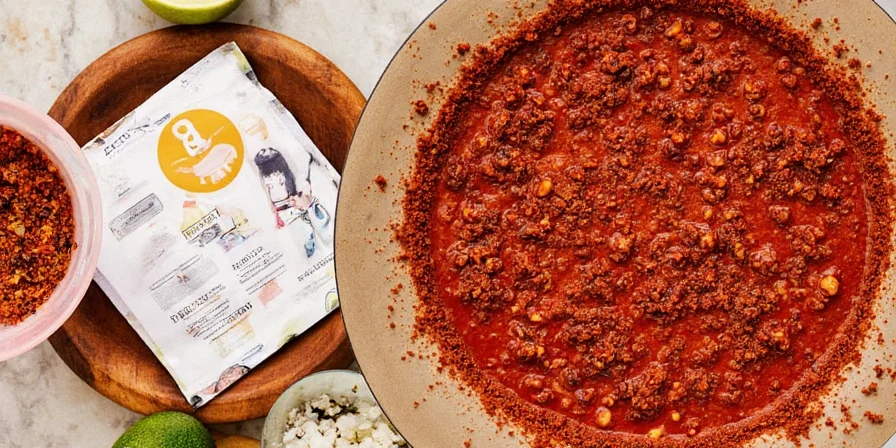
So go ahead, experiment with different chile combos, adjust the cumin levels, and maybe sneak in a little cinnamon for fun — because the best birria flavor is the one that makes your taste buds sing.
Got a secret spice trick or favorite birria hack? Drop it in the comments — let’s keep the birria flame burning bright together!

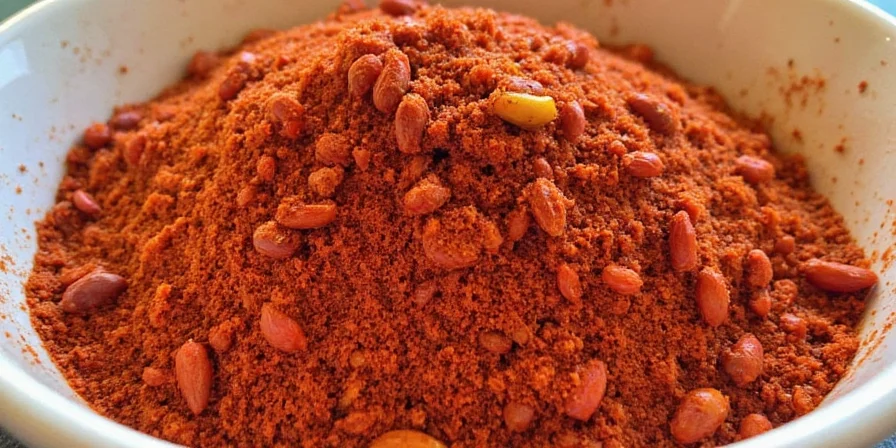









 浙公网安备
33010002000092号
浙公网安备
33010002000092号 浙B2-20120091-4
浙B2-20120091-4